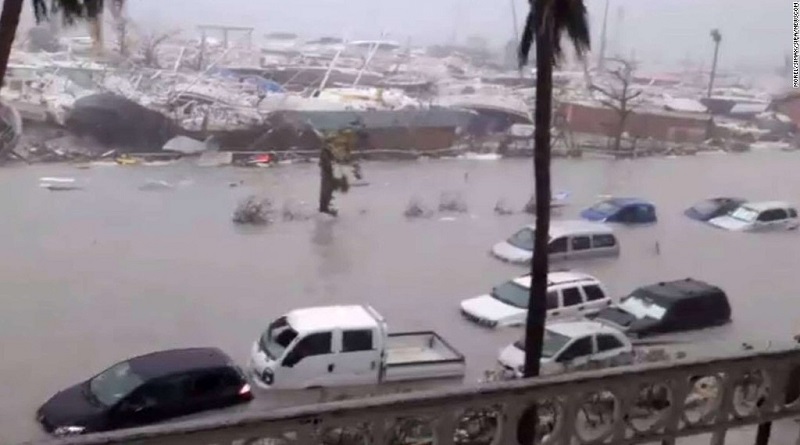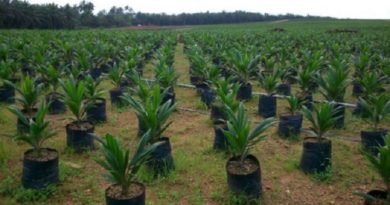Climate change, natural disasters pose threat to global stability- WEF
Extreme weather events such as coastal storms and droughts, failure to reduce carbon emissions and build climate resilience, and natural disasters are among the top risks that pose a serious threat to global stability, according to the latest Global Risks Report 2018 published by the World Economic Forum.
The intensification of environmental and climate related risks comes on the heels of a year characterized by high-impact hurricanes – Harvey, Irma and Maria – causing major destruction in the US and the Caribbean island states, extreme temperatures and the first rise in global CO2 emissions in four years.
Speaking about the report, Alison Martin, Group Chief Risk Officer of Zurich Insurance Group, said: “Extreme weather events were ranked as a top global risk by likelihood and impact. Environmental risks, together with a growing vulnerability to other risks, are now seriously threatening the foundation of most of our commons. Unfortunately, we currently observe a too-little-too-late response by governments and organisations to key trends such as climate change. It’s not yet too late to share a more resilient tomorrow, but we need to act with a stronger sense of urgency in order to avoid potential system collapse.”
The Global Risks Landscapes 2018
The report was published a few days before the beginning of the World Economic Forum in Davos, which will be attended by the Executive Secretary of UN Climate Change, Patricia Espinosa.
In Davos, the UN’s top climate change official will meet with government and non-state leaders to discuss how to drive forward the implementation of the Paris Climate Change Agreement, the key international agreement designed limit the global average temperature to well below 2 degrees Celsius, thereby preventing the worst impacts of climate change.
The report notes that climate action initiated by a growing network of cities, states and businesses is emerging as an important means of countering climate change and other environmental risks.
Global risks are increasingly interconnected
The report also warns that biodiversity is being lost at mass-extinction rates, agricultural systems are under strain, global food supply is in danger, and pollution of the air and sea has become an increasingly pressing threat to human health. Some of these risks can cause a chain of events – large scale displacement, water scarcity – that could jeopardize social, political and economic stability in many regions of the world.
For instance, the latest data shows that over 75% of the 31 million people displaced during 2016 were forced from their homes as a result of weather-related events.
The Risks-Trends Interconnections Map
Among the 30 global risks the experts were asked to prioritize in terms of likelihood and impact, five risks – extreme weather, biodiversity loss and ecosystem collapse, major natural disasters and man-made environmental disasters, and failure to mitigate and adapt to climate change – were ranked highly on both dimensions.
The report points out the interconnectedness that exists both among these environmental risks and between them and risks in other categories – such as water crises and involuntary migration. Also notable is the economic cost attached to natural disasters and coastal storms that cause devastation of critical infrastructure.
The report suggests that a trend towards nation-state unilateralism could make it more difficult to sustain the long-term, multilateral responses that are required to counter rising temperatures and the degradation of the global environment.
The report – which shares the perspectives of global experts and decision makers on the most significant risks that face the world – asked nearly 1,000 respondents for the views about the trajectory of risks in 2018. Nearly 60% of them pointed to an intensification of risks, compared with just 7% pointing to declining risks.




